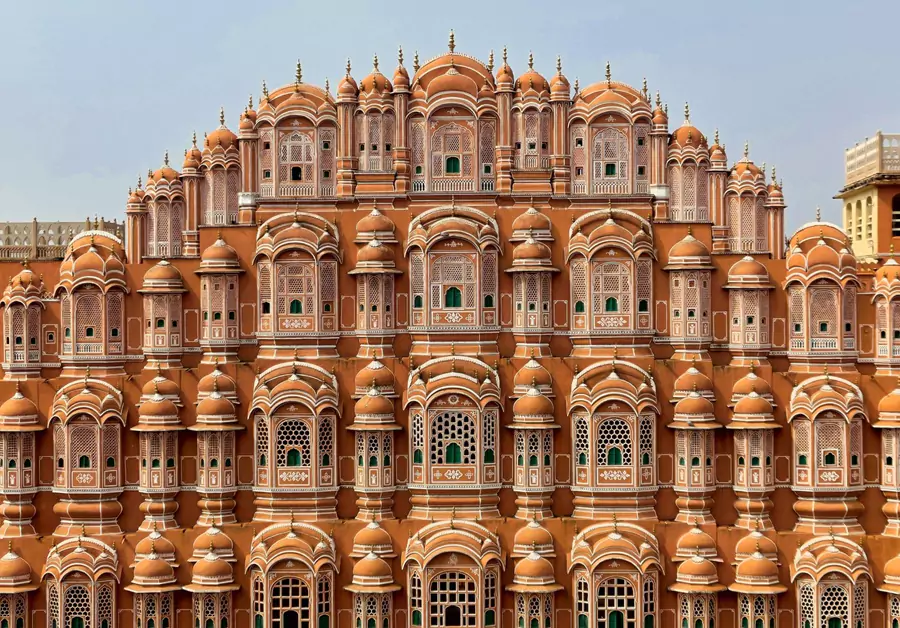Rajasthan UNESCO Heritage Sites: A Journey Through History
Rajasthan, the land of kings, deserts, and forts, is home to several UNESCO World Heritage Sites that showcase the state’s rich cultural and architectural heritage. This blog explores the iconic sites, their history, architecture, and cultural significance, making it an essential guide for travelers, history enthusiasts, and heritage lovers.
1. Jantar Mantar, Jaipur
The Jantar Mantar in Jaipur is one of the finest examples of astronomical instruments constructed in the 18th century by Maharaja Sawai Jai Singh II. Recognized as a UNESCO World Heritage Site in 2010, it consists of a collection of 19 architectural astronomical instruments. The observatory reflects the scientific and cultural advancements of the era.
The instruments at Jantar Mantar were used to measure time, predict eclipses, track stars, and determine celestial altitudes. Among the notable instruments is the Samrat Yantra, a gigantic sundial that is accurate to within two seconds. The observatory is an architectural marvel and a blend of aesthetics and scientific innovation.
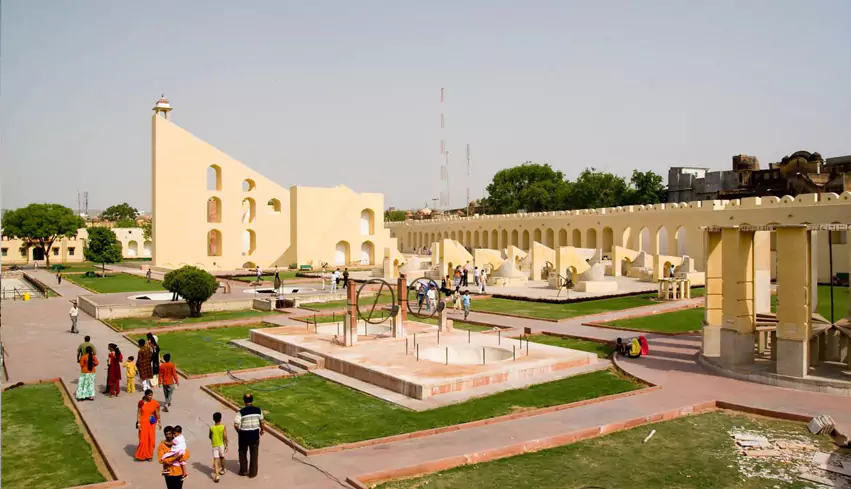
2. Hill Forts of Rajasthan
The Hill Forts of Rajasthan, inscribed as a UNESCO World Heritage Site in 2013, include six magnificent forts: Amber Fort, Chittorgarh Fort, Kumbhalgarh Fort, Ranthambore Fort, Gagron Fort, and Jaisalmer Fort. These forts represent the military architecture and grandeur of Rajput kings.
Amber Fort
Located near Jaipur, Amber Fort is famous for its artistic Hindu-style elements, large ramparts, and majestic palaces. The fort overlooks Maota Lake and combines aesthetic beauty with military strategy. Highlights include the Sheesh Mahal (Mirror Palace) and Diwan-e-Aam (Hall of Public Audience).
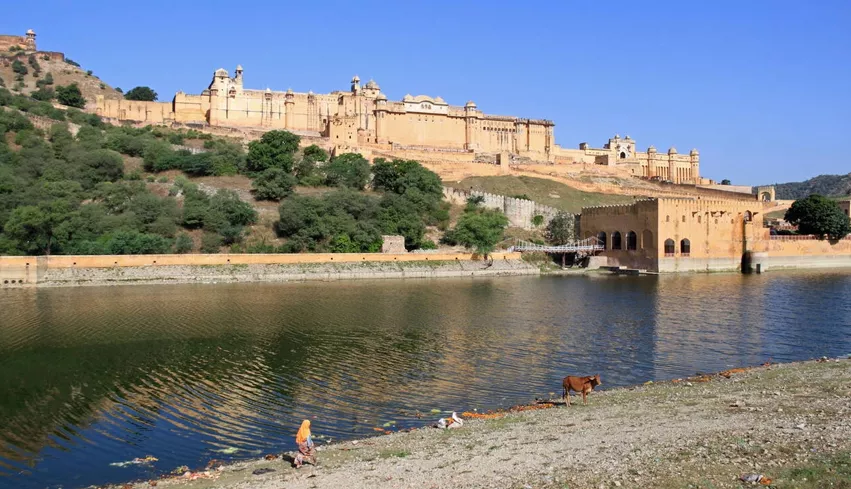
Chittorgarh Fort
Chittorgarh Fort, one of the largest forts in India, stands as a symbol of Rajput valor and sacrifice. With massive gates, palaces, temples, and towers, the fort narrates stories of legendary queens and heroic battles. Key attractions include Vijay Stambh, Kirti Stambh, and Rana Kumbha Palace.
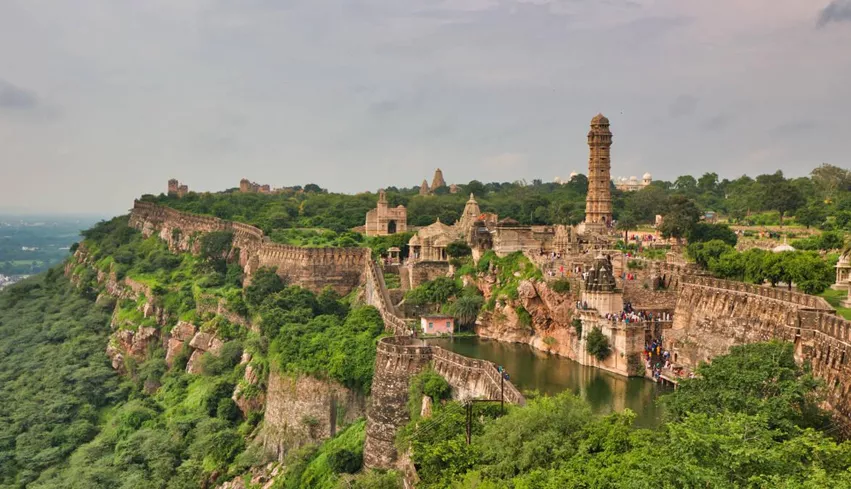
Kumbhalgarh Fort
Kumbhalgarh Fort, a UNESCO Heritage Site, is famed for its massive wall, which stretches over 36 km, making it the second-longest continuous wall in the world. The fort, built in the 15th century, is surrounded by the Aravalli hills and houses numerous temples, palaces, and gardens.
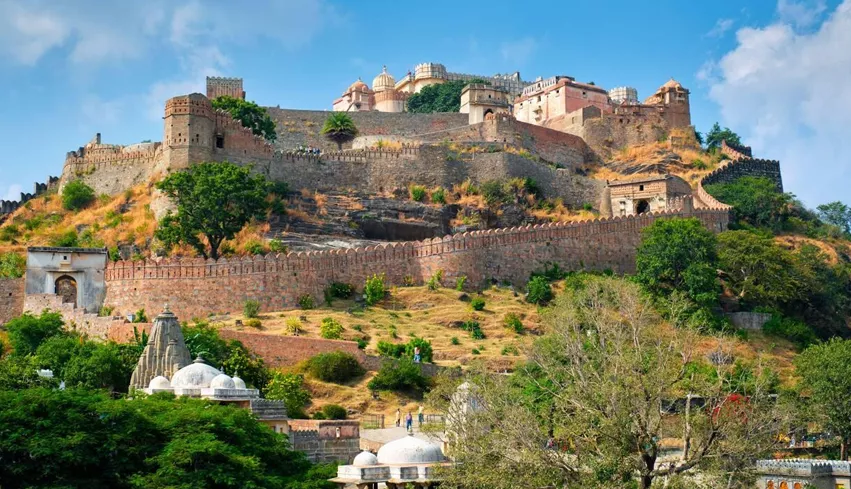
Ranthambore Fort
Ranthambore Fort, located within the Ranthambore National Park, blends history with nature. The fort has historical significance dating back to the 10th century and offers panoramic views of the park, which is famous for its tiger reserve.
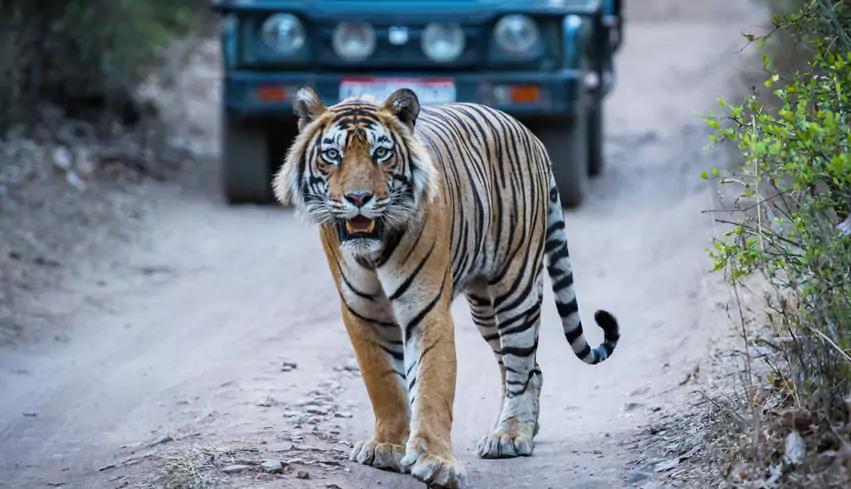
Gagron Fort
Gagron Fort, a rare example of a water and hill fort, is surrounded by the rivers Ahu and Kali. This fortification demonstrates Rajput defensive architecture with a combination of water and land barriers.
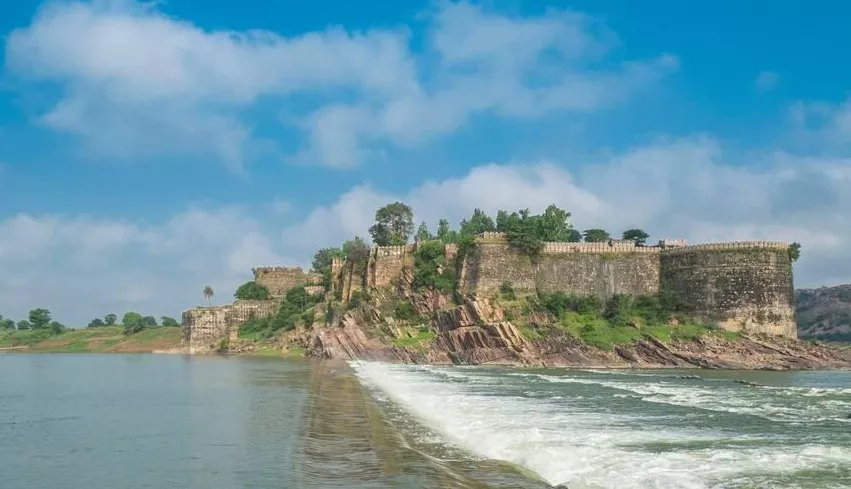
Jaisalmer Fort
Jaisalmer Fort, also known as Sonar Quila (Golden Fort), is built of yellow sandstone and rises dramatically from the Thar Desert. The fort is unique as it remains a living fort with homes, shops, and temples inside its walls. It represents the golden era of trade and Rajput architecture.
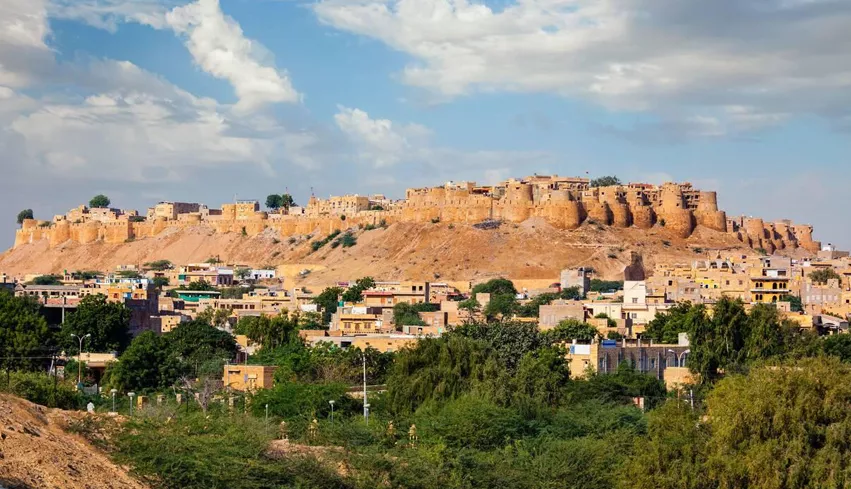
3. Keoladeo National Park, Bharatpur
Keoladeo National Park, a UNESCO World Heritage Site since 1985, is a famous bird sanctuary in Rajasthan. Spanning over 29 square kilometers, the park hosts thousands of migratory birds, especially during the winter season. Species include Siberian cranes, painted storks, and various ducks.
The park’s wetlands are man-made and were originally used as a duck-hunting reserve by the Maharajas of Bharatpur. Today, it serves as a critical habitat for migratory birds and an ecotourism hotspot for birdwatchers and nature enthusiasts.
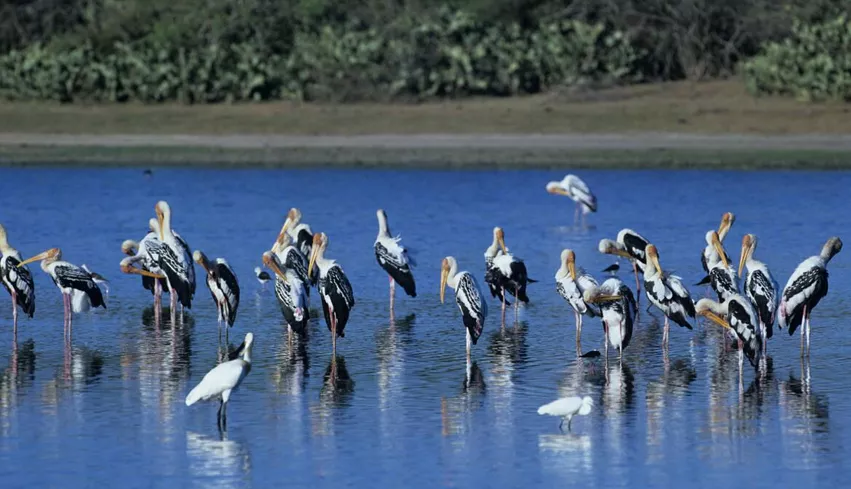
4. Cultural Significance of Rajasthan Heritage Sites
Rajasthan’s heritage sites are not only architectural marvels but also living symbols of culture, art, and history. They showcase the valor of Rajput kings, the craftsmanship of local artisans, and the spiritual essence of the region. Visiting these sites allows travelers to experience Rajasthan’s festivals, traditional music, dance forms, and handicrafts.
- Festivals: Many forts and temples host vibrant festivals like Jaipur Literature Festival, Teej, and Gangaur.
- Art and Craft: Heritage sites are surrounded by local markets offering textiles, jewelry, and handicrafts.
- Cuisine: Traditional Rajasthani cuisine adds flavor to the cultural experience.
5. Tips for Travelers
Exploring Rajasthan’s UNESCO sites requires planning. Here are some tips:
- Best time to visit is between October and March when the weather is pleasant.
- Hire local guides for historical insights and hidden spots.
- Carry water, sun protection, and comfortable walking shoes.
- Respect local customs and photography rules, especially in temples and heritage forts.
Conclusion
Rajasthan’s UNESCO Heritage Sites are windows into India’s royal past, scientific ingenuity, and natural beauty. From the astronomical marvel of Jantar Mantar to the grandeur of hill forts and the ecological treasure of Keoladeo National Park, each site tells a unique story. Exploring these sites is not just sightseeing but a journey through time, culture, and heritage that every traveler must experience.
Whether you are a history buff, nature lover, or cultural enthusiast, Rajasthan’s heritage sites offer a rich and immersive experience that leaves an unforgettable impression. Plan your trip, embrace the royal legacy, and witness the timeless charm of the Land of Kings.

